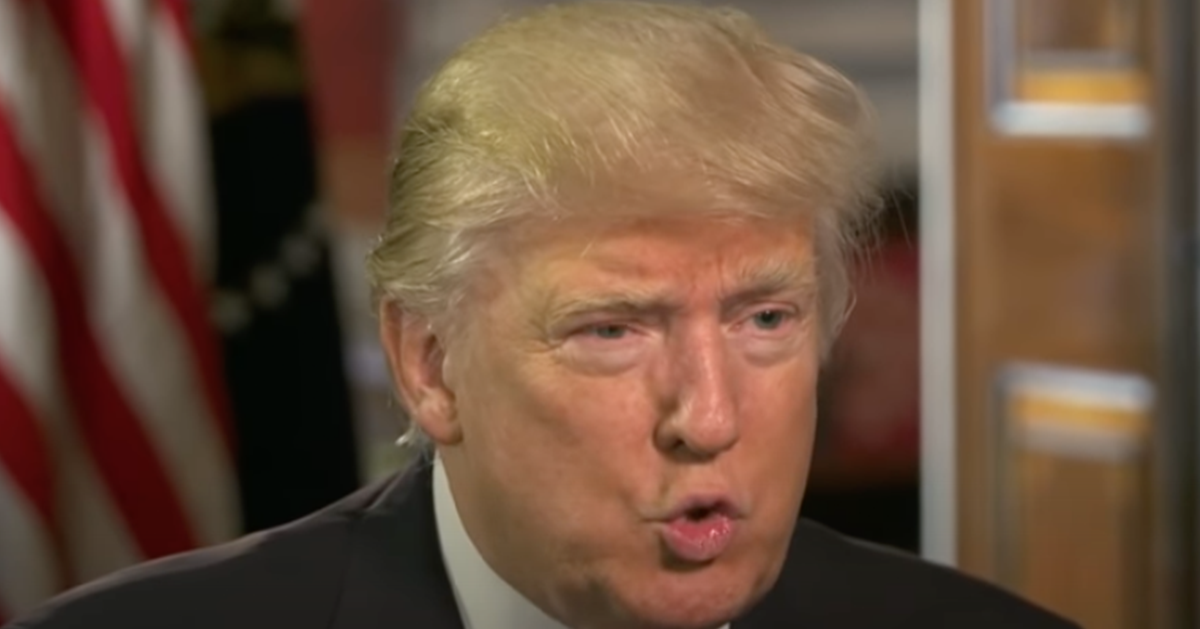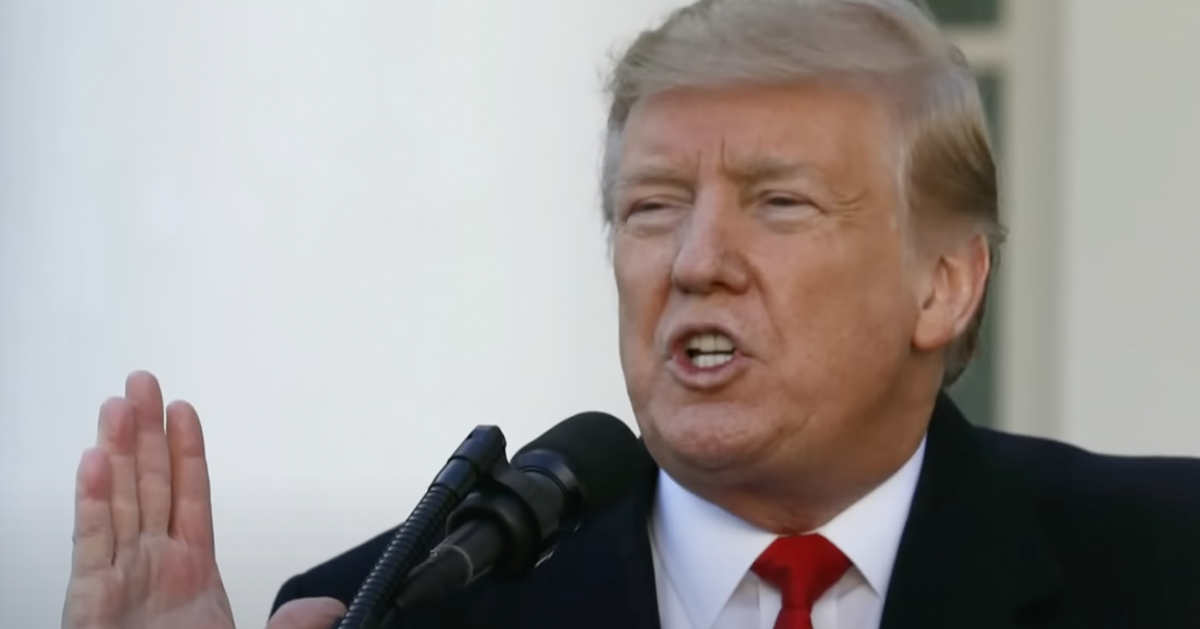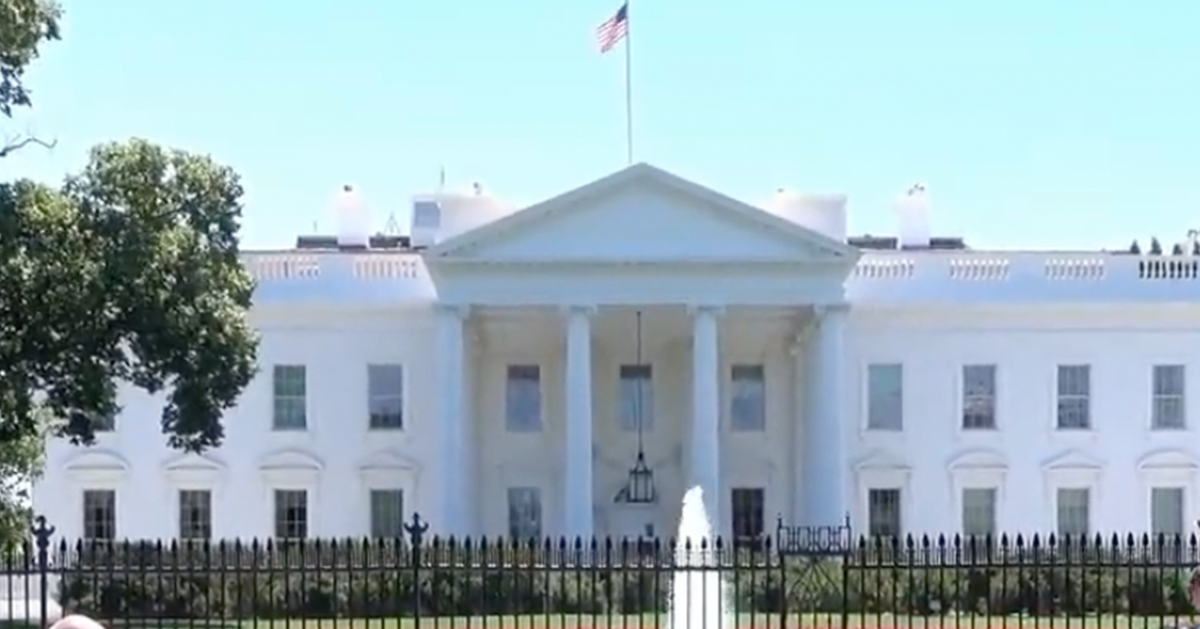Chief Justice Roberts Takes Over Case After Alito's Flag Controversy
Initial Assignment to Justice Alito
Justice Samuel Alito was originally tasked by Chief Justice John Roberts to write the majority opinion for the case titled Fischer v. United States. This high-profile case concerned charges against participants of the January 6 riots, specifically targeting obstruction of a federal proceeding.
The assignment seemed routine until The New York Times exposed on May 16 that Martha-Ann Alito, Justice Alito's wife, had displayed an upside-down U.S. flag at their Virginia home in 2021. This particular version of the flag has been widely adopted by the "Stop the Steal" movement, stirring concerns about impartiality within the judicial ranks.
Chief Justice's Decision to Intervene
By May 20, amidst growing controversy, Chief Justice Roberts decided to assume responsibility for writing the majority opinion himself. This action is notable as it deviates from the Court's usual practice, especially without altering the direction of the impending decision.
During the Supreme Court’s most recent term, Roberts had already been the author of seven cases, including five of the court's most consequential rulings, demonstrating his pivotal role in the court’s operations.
Context of the Reassignment
The Supreme Court's decision in Fischer v. United States set a precedent that required the government to prove that a defendant intentionally impaired specific elements of an official proceeding. This ruling notably restricted the broad application of the statute used against the Jan. 6 rioters.
Justice Alito, despite the controversy surrounding his personal life, remained part of the majority that endorsed the court’s narrower interpretation of the statute.
Additional Controversies and Congressional Reaction
Further complicating the situation, the authorities discovered an "Appeal to Heaven" flag, another symbol associated with the Jan. 6 rioters, at the Alitos' beach home in Long Beach Island, New Jersey. Justice Alito later explained that his wife and a neighbor had a dispute involving the upside-down flag, and he claimed he did not realize its significance until someone brought it to his attention.
In reaction to these developments, congressional leaders called for Justice Alito to recuse himself from the case in late May. Alito responded, defending his position by stating that he had no involvement with the flag’s display and that the incidents mentioned do not meet the conditions for recusal.
Justice Alito's Statements
Justice Alito told The New York Times, “The two incidents you cite do not meet the conditions for recusal. As I have stated publicly, I had nothing whatsoever to do with the flying of that flag. I was not even aware of the upside-down flag until it was called to my attention.”
He further mentioned that he requested his wife to remove the flag, but she initially refused, highlighting the personal nature of the issue and its impact on his professional responsibilities.






